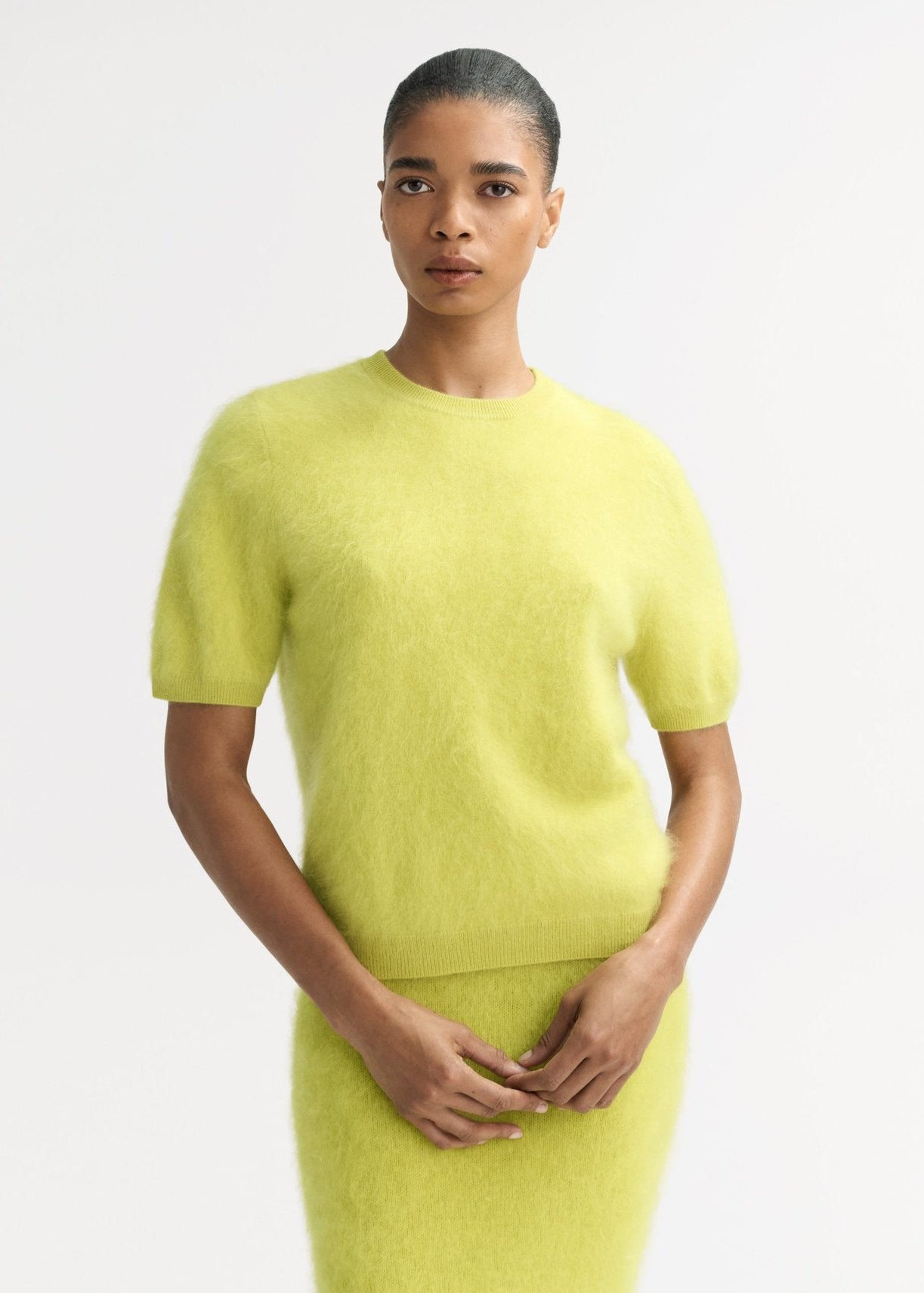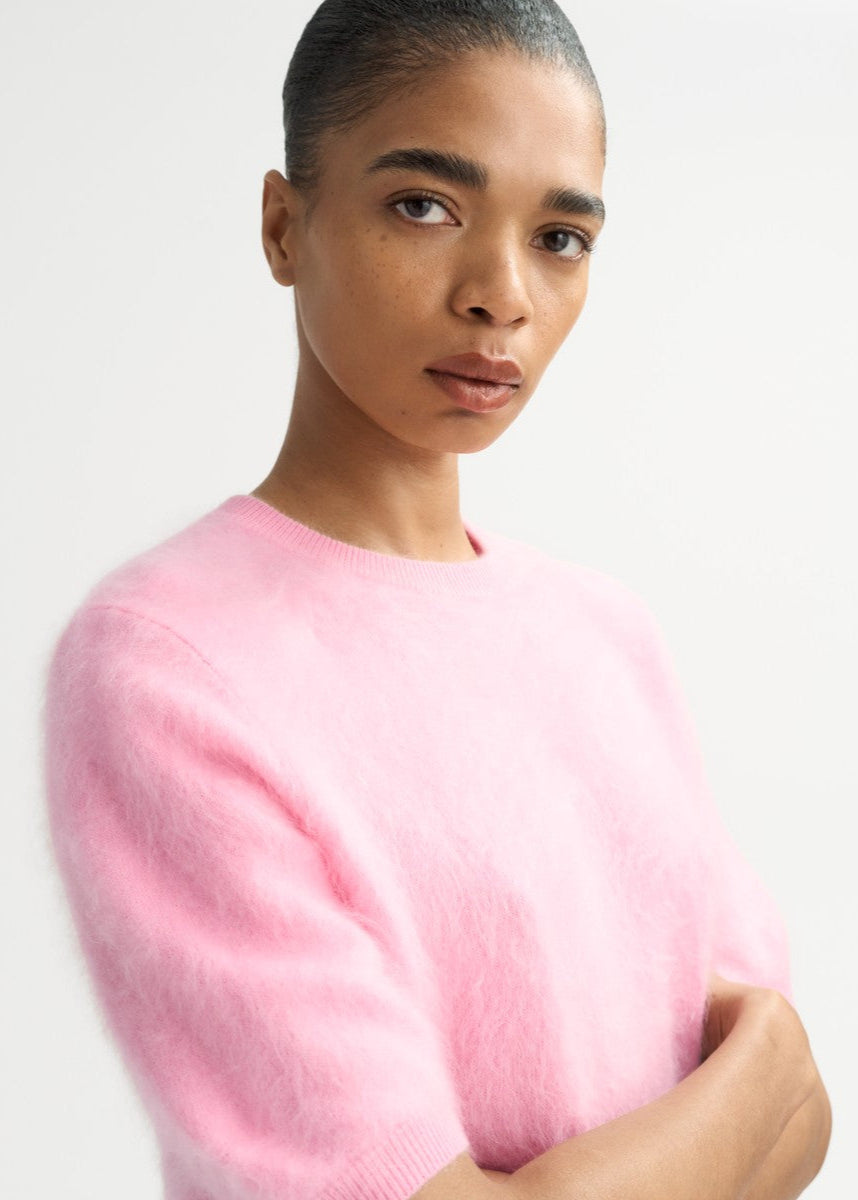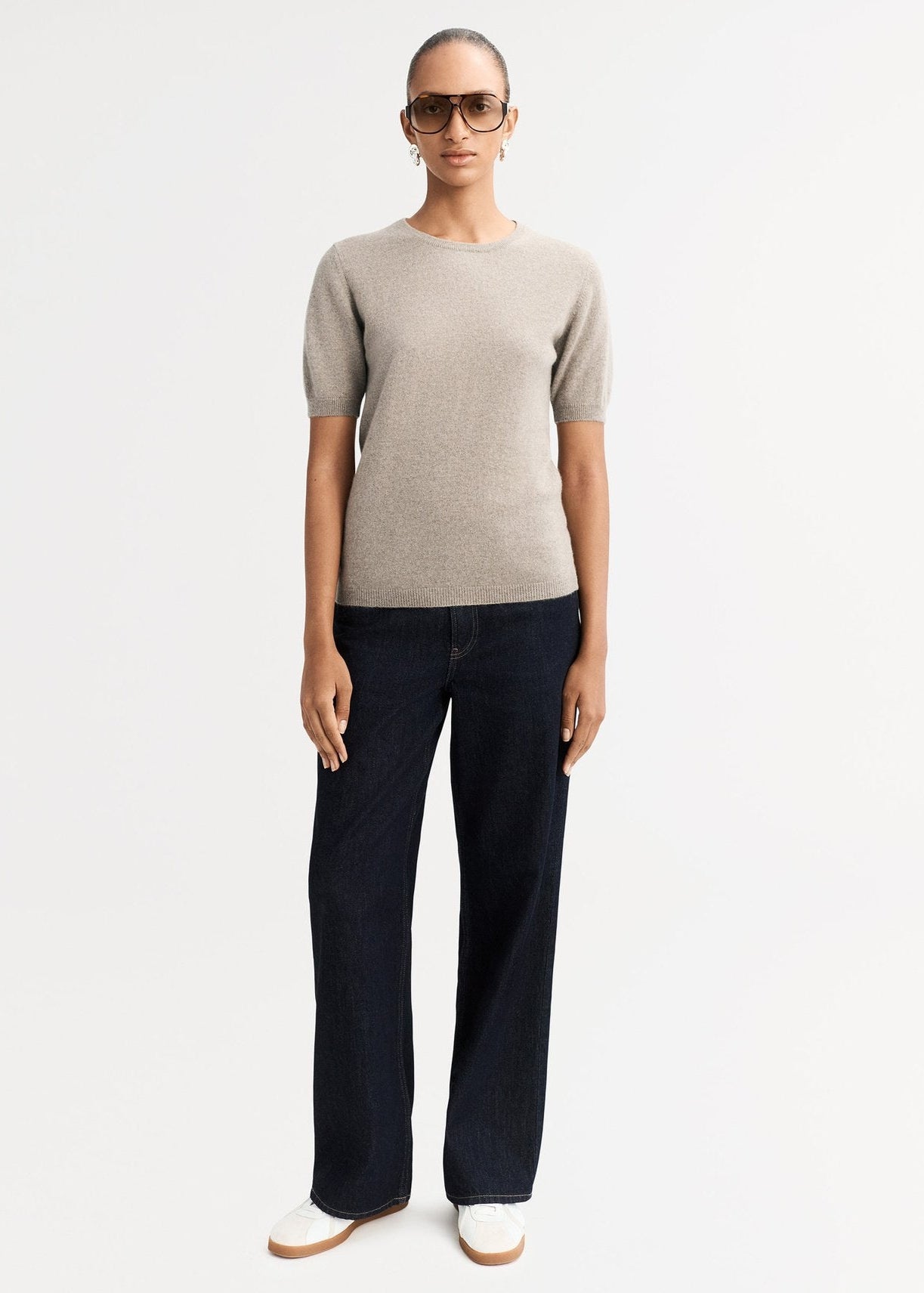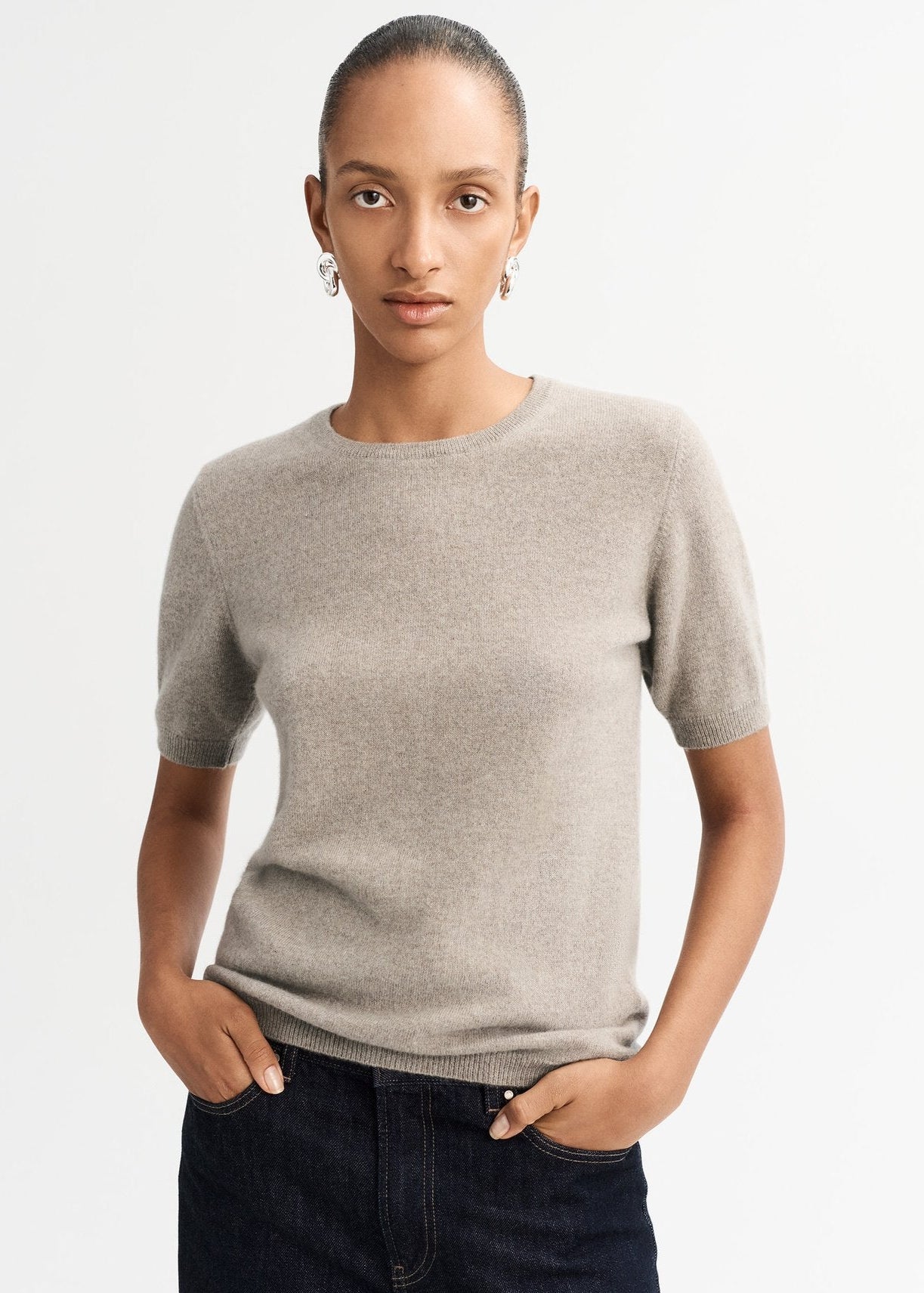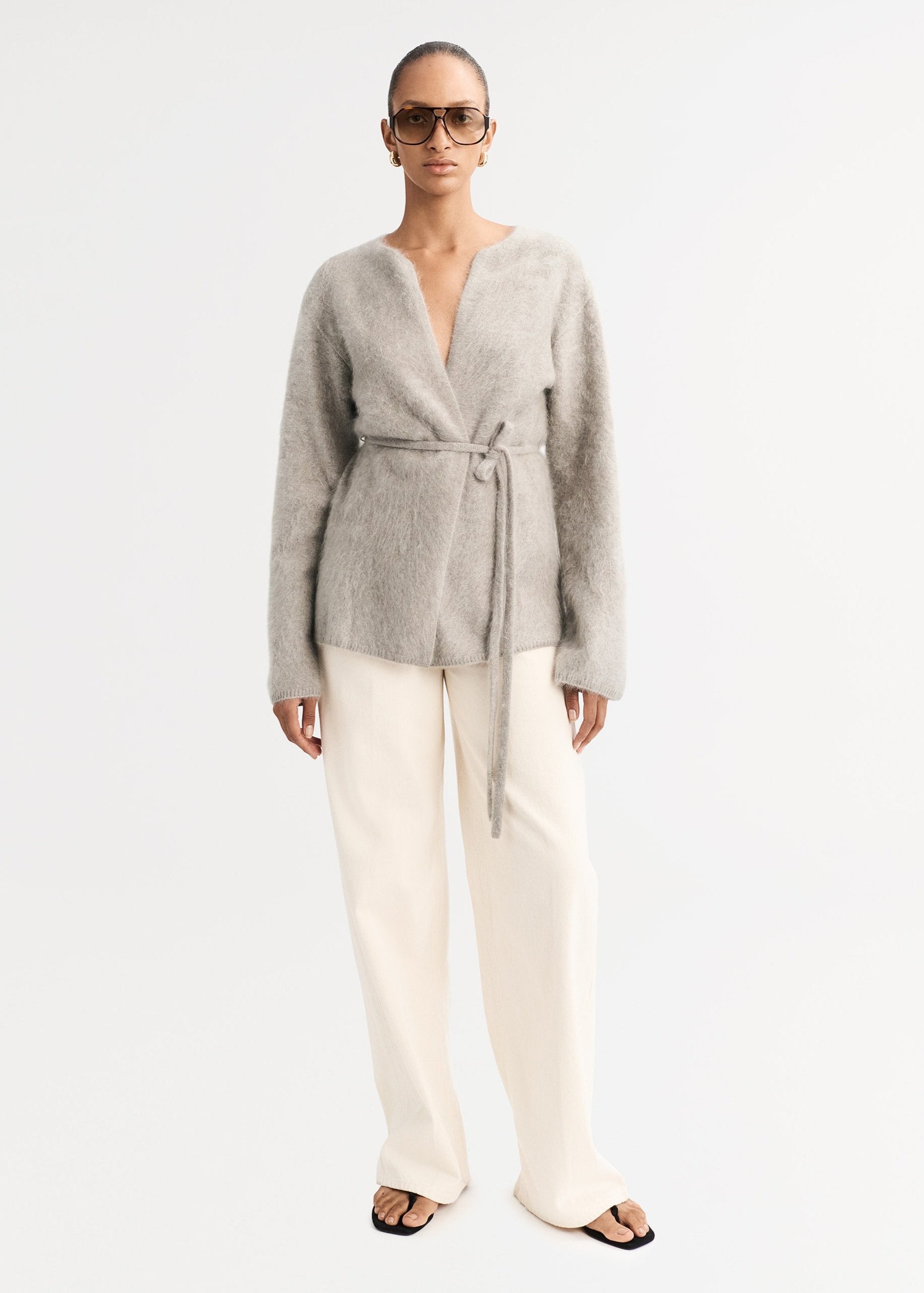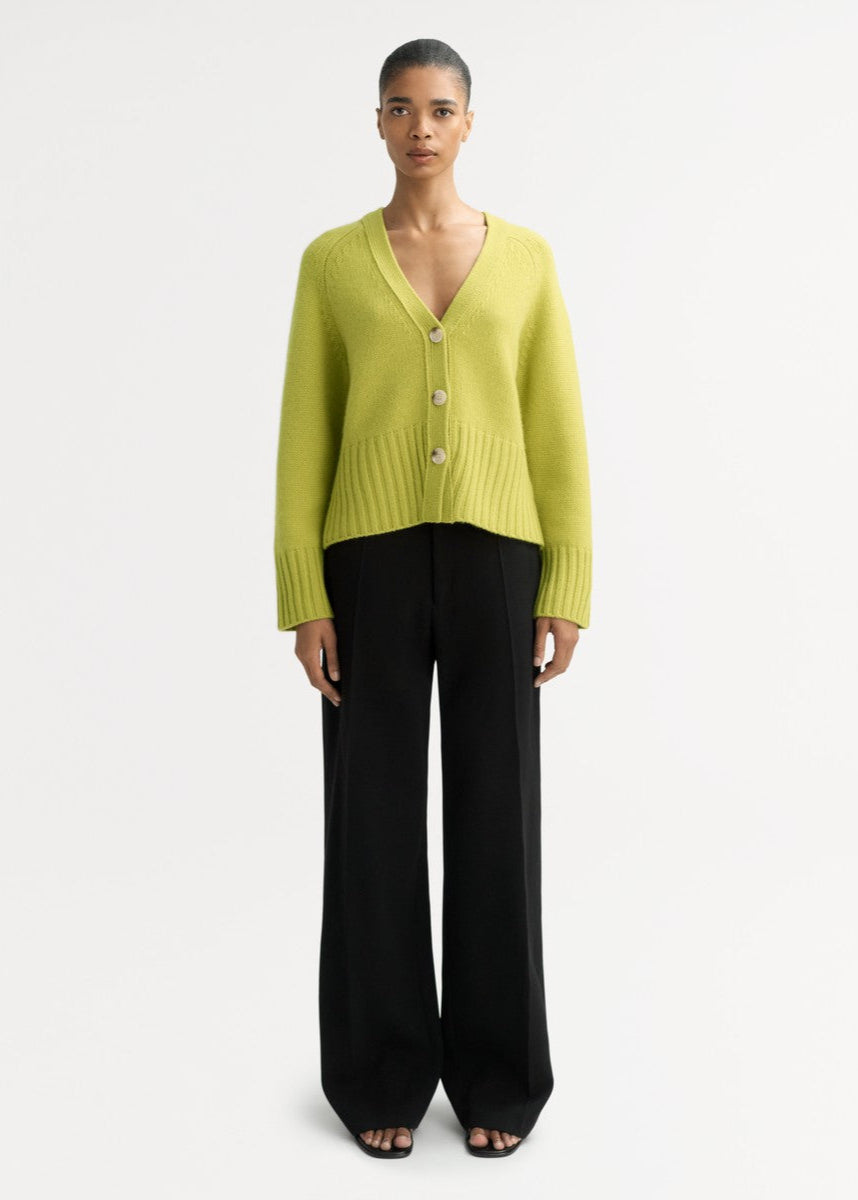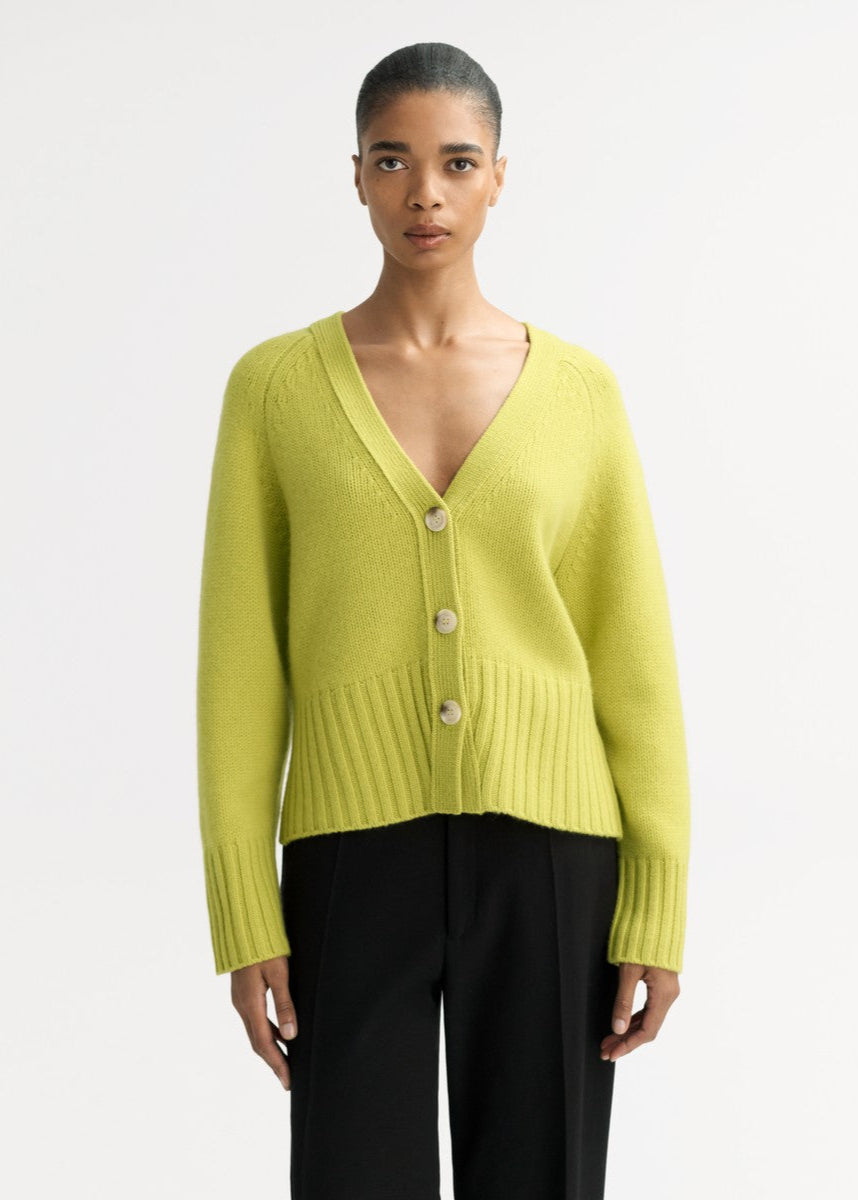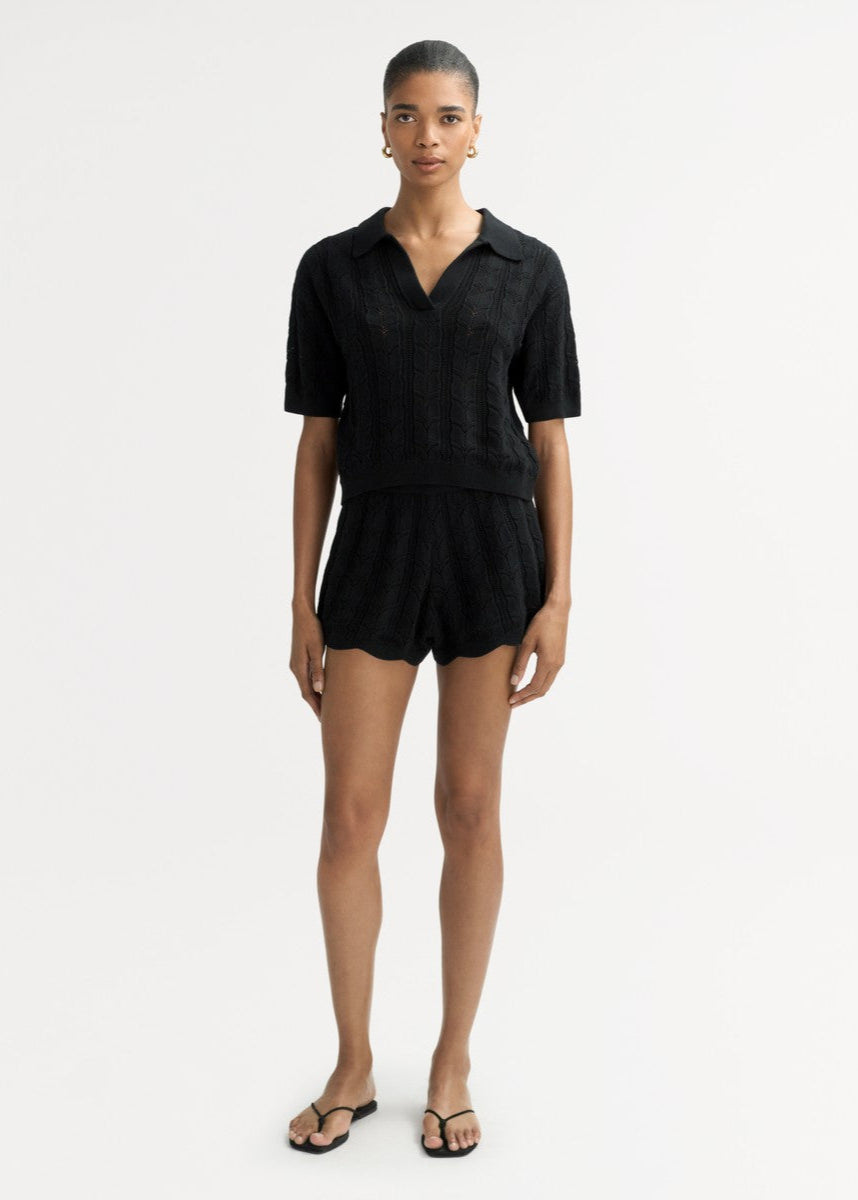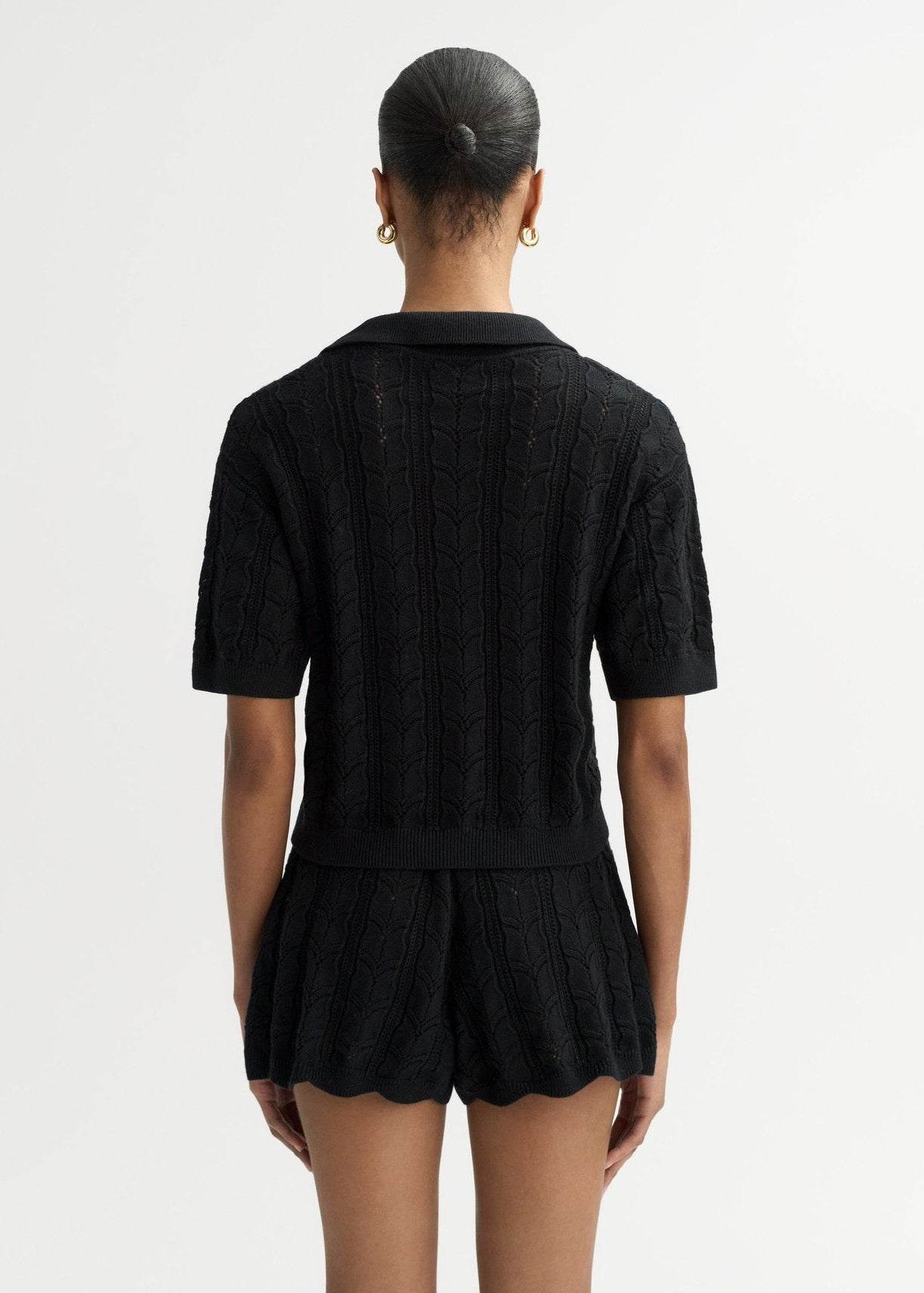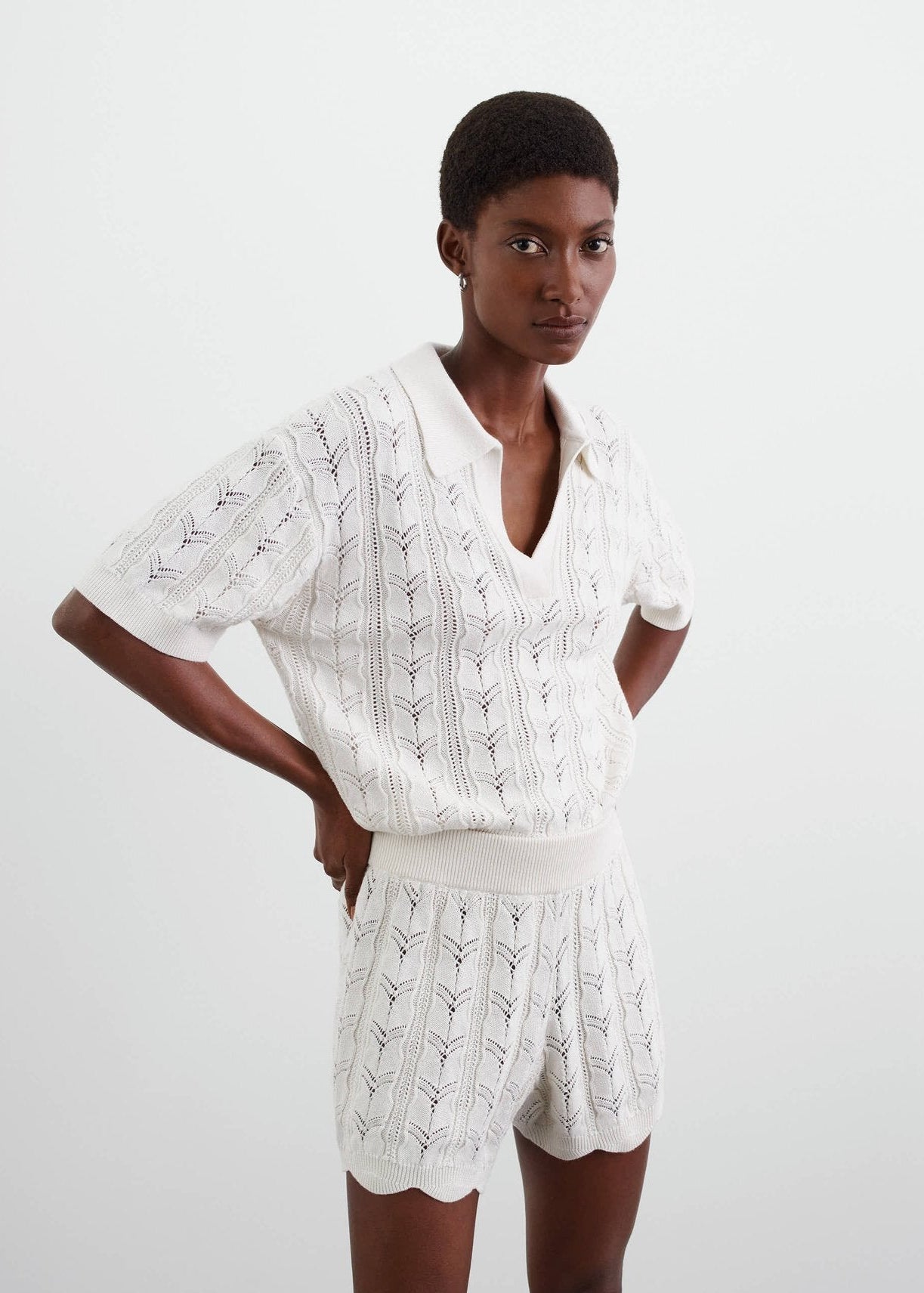What Makes Cashmere So Special? The Truth Behind the Fibre
Once considered a rare luxury for aristocrats and ateliers, cashmere has become a modern wardrobe staple, prized for its unmatched softness, warmth, and effortless elegance. But behind every cashmere sweater lies a story of craftsmanship, careful sourcing, and surprising complexity.
To understand what truly sets high-quality cashmere apart, from fibre to finished garment, we spoke with Vera Britse, Global Sales Manager at Soft Goat, the Swedish label redefining everyday luxury. Together we explore how cashmere is made, how to care for it properly, and what to look for when shopping for this beloved fibre.
What makes cashmere softer than other wools?
Cashmere wool is sourced from the undercoat of the goat which is protected by an outer layer of wool, so it’s these fine, soft hairs that keep the goats toasty during the cold winters and they are much softer than regular sheep’s wool.
How is cashmere made?
The production of cashmere yarn is a long and careful process, with each step essential to creating the final garment.
Each spring, as the weather warms, cashmere goats are combed or trimmed once a year. Often two people work on one goat to shorten the wool-collecting process and reduce stress for the animals.
Once the fibres leave the farm, they are thoroughly washed—around six times—then dried and hand-checked to remove dirt, grass, or small stones. Before spinning, the fibres undergo dehairing: separating the longer, softer fibres from the shorter ones. These long fibres enhance quality and help reduce pilling.
The clean fibres are then dyed. Light colours like beige, grey, and white are close to the natural shades of undyed yarn and can feel slightly softer than darker tones like navy or black, which require a stronger dyeing process.
Next, the wool is spun into yarn and knitted by machine, with each section of a garment—front, back, and sleeves—produced separately. These pieces are then carefully joined together by hand in a time-intensive process called linking.
To achieve cashmere’s signature softness, the finished piece undergoes a delicate wash, with time and temperature closely controlled. Finally, the garment is steamed to its exact measurements, the neck label is sewn on by hand, and it is ready to be shipped.
Why is cashmere so expensive?
It is a combination of multiple factors mainly being the rarity and labour-intense collection of the raw material, and the high-quality control. Since cashmere comes from the undercoat of cashmere goats, (primarily found in Mongolia, China, India, or Nepal) the wool must be combed by hand and then carefully sorted, cleaned, and de-haired. It takes the wool from three to five goats to make a single cashmere sweater.
How can you tell if cashmere is high quality?
First, cashmere should feel soft. The fabric is not like other types of wool and should not feel itchy against your skin. But if you only look at the sweater’s softness, it can misguide you. Some manufacturers disguise the feel by adding resin to make jumpers softer in stores, but this effect wears off quickly. Others over-wash them, which can cause the jumpers to wear out much faster.
A simple way to test the quality of a cashmere garment is to hold it up to the light and examine the surface. If the surface appears fluffy, it may indicate the use of shorter, less resistant fibres. Additionally, if the fibres start to roll or pill when you run your hand over the sweater this is another sign that shorter fibres were used.
“Some manufacturers disguise the feel by adding resin to make jumpers softer in stores, but this effect wears off quickly.”
Can you wash cashmere at home?
Yes of course, you can easily wash your cashmere in a washing machine. Choose a short, gentle cycle with water no warmer than 30 degrees, and avoid the spin function. Always use a wool-specific detergent and skip the fabric softener.
You can also hand-wash your cashmere. Simply soak the garment in cold water with wool detergent – do not wash or rinse it under running water, as this can stretch or distort the fibres. Gently press out the water without wringing or stretching the garment.
Read The Gentle Art of Knitwear Care for further guidance.
What causes cashmere to pill?
Pilling is normal and is most often seen in areas exposed to friction. You can easily remove them with a wool comb or by hand. After washing and using the sweater a few times the pilling tends to stop.
How does cashmere compare to other wools?
Cashmere is about eight times warmer than regular wool, despite being lighter. So, it supplies warmth without being too heavy, making it ideal for layering and when well-cared for, cashmere lasts for decades.
Shop our Timeless Cashmere Edit.
What’s a surprising fact about cashmere?
One surprising fact about cashmere, even for fashion-savvy consumers, is that not all cashmere is equally soft or high-quality, and in some cases, lower-grade cashmere can feel rougher than merino wool.
This is because fibre length and thickness matter greatly. Premium cashmere comes from the longest and finest fibres, typically under 16 microns in diameter. Cheaper cashmere often uses shorter or coarser fibres, which are more prone to pilling, can feel scratchier, and tend to wear out faster. So, fashion insiders often learn that true cashmere quality comes down to fibre length, fineness, and origin, not just the label or the price tag.
Whether you're investing in your first cashmere piece or refining a well-loved collection, understanding what goes into each garment — from goat to garment — deepens the appreciation. Cashmere isn't just about softness; it's about sourcing, craftsmanship, and care. With brands like Soft Goat leading the way, everyday luxury is becoming more thoughtful, transparent, and timeless.





